Biostratigraphy
Type of resources
Topics
Keywords
Contact for the resource
Provided by
Years
Formats
Representation types
Update frequencies
Scale
-
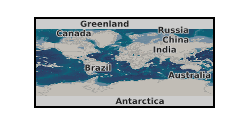
Results of shore-based micropaleontological analysis, summarizing planktonic foraminifera biostratigraphy at Site U1559A. IODP Hole U1559A located in the central South Atlantic (30°15.6335′S, 15°2.0942′W). Collected data allowed to identify slumped interval of older material present within much younger upper part of the local sedimentary sequence.
-
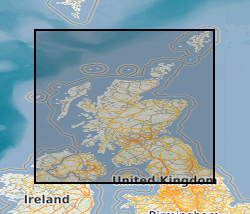
This dataset is an index of the Survey Collection of fossils for Scotland and Northern England. It is the digital equivalent of the analogue (card) index. The latter contains some 31k records, c.70% of which has been transcribed. The continually growing Survey Collection comprises about 450k samples (including nearly 30k specimens from the John Smith Collection) which are individually registered in c.150 leather bound volumes. The Oracle relational database BGS_FOSSLOC is a first step in ascertaining what registered fossil materials exist for certain areas, who collected them and when, their geographical and stratigraphical details, the type of collection (whether from boreholes or exposures), and any covering technical reports. It is also a pathway to an extensive and unique collection of paper graphic logs, some 18k of which record annotated information on fossil occurrences and assemblages at certain stratigraphical levels (particularly in the Carboniferous) in Scotland and Northern England.
-

Nannofossil biostratigraphy, 46x stable bulk carbonate stable isotope measurements (oxygen and carbon) and 71x % organic carbon and % carbonate measurements from between 1313.71 and 1326.82 mbsf at IODP Site U1480.
-
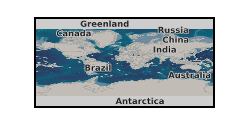
A comprehensive collection of British fossil specimens and records compiled over 150 years of palaeontological collecting and research. Also includes all associated paper data, registers, indexes of locality and storage and reports of conclusions. The specimens have variable scattered coverage mostly within the UK and Ireland but there are some overseas data. Some specimens are sited accurately to less than 1 metre, whilst some specimens have accuracies of several kilometres. Includes both locality based biostratigraphic material, plus significant type, figured and cited samples of taxonomic importance. Specimens collected by Survey geologists throughout history of Survey, with some donated specimens (e.g. the Geological Society of London Collection) predating 1835, material is still being added. The collection includes hand specimens, casts & moulds, microfossil slides & cut sections and also registers containing identifications and locality information. The specimens have various uses within biostratigraphy and taxonomy. The data have key attribute data such as locality, stratigraphic age, matrix lithology, taxonomy, etc that could be used for linking in other datasets. Access and use of the data is subject to current policies, inline with MDA's (Museum Documentation Association) Spectrum guidelines and MLA's (Museum Libraries Archives Council) Accreditation guidelines. The collection can be viewed by loan or visit, whilst copies of the associated paper data can be made available as photocopy, scan, spreadsheet, etc., subject to certain constraints and conditions.
-
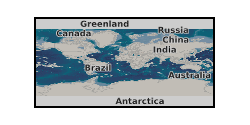
Interrelated specimens and records compiled over 150 years of palaeontological collecting and research. All associated paper data (registers, indexes of locality and storage, reports of conclusions).
-
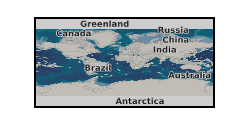
Data include geological logs and charts; letters, minutes & memos; notes; externally written reports; Internal reports; Research Reports; annotated publications, records and reports; and other miscellaneous documentation. Although some of the data go back to the first half of the 20th century (and rarely earlier), the bulk of the data refer to work carried out since about 1960. The data are filed under four subheadings: i. 1:50K sheet files (data relating to BGS mapping projects) for England & Wales, Scotland and Northern Ireland. ii. Offshore sheet files (data relating to BGS mapping projects) for the UK continental shelf and North Atlantic. iii. Offshore Quadrants (data relating to the hydrocarbons industry) (confidential). iv. Foreign biostratigraphy (in part confidential). v. General Palaeontology, Biostratigraphy & Taxonomy.
-
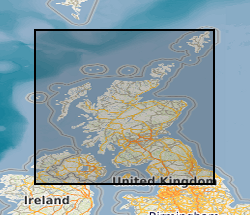
Stored in Murchison House, this dataset (FAUNGRAPHLOG_ED) is the BGS UK (North) collection of paper graphic logs from boreholes and measured natural sections, particularly in the Carboniferous of Scotland and northern England. Some 18000 of these records include hand written macrofossil occurrences and assemblages from certain (often subsequently interpreted) stratigraphical levels in the borehole or section. There is at present no separate index (either analogue or digital) to FAUNGRAPHLOG_ED but a pathway to it is FOSSLOC, the index to the Survey Collection of fossils from UK (North).
-
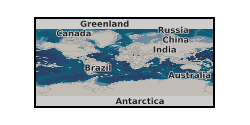
Database of palaeontological specimens, world-wide coverage, including both "Museum" and "Survey" fossil collections from Keyworth and Edinburgh. Development commenced in Autumn 2000 and is ongoing. The database currently contains over 100,000 entries, including half of the taxonomic reference collection held at BGS Keyworth. Internet search access is available on the BGS web site. Key fields in the dataset, many of which can be searched for, include, sample number, nature of sample, confidentiality, collector/donator & year, register details, locality information (including grid reference, map sheet etc.), stratigraphy, type status, identifications & authority and publication details.
-
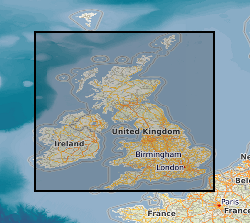
PALSLIDES_ED is the BGS Edinburgh Palaeontological Slides Collection. It comprises two registration series. The MIC (microfossils) series, which is added to sporadically, includes c.950 individually registered slides (each with up to 100 cells) of microfossils (mainly foraminifera and ostracods). The PS (Palaeontological thin Sections) registration series, which has not been added to since 1987, comprises 4202 fossil thin sections and mounted slides, and includes various donated collections. Both the MIC register (10 volumes) and PS register (2 volumes) record the locality of each slide and any previous registration numbers. Stratigraphic information may also be given. Taxonomic information is not complete. There is, at present, no separate index (either analogue or digital) to the dataset, but it is included in FOSSLOC4. GSE_SPECIMENS and SMITH_GSE include those slides and thin sections transferred to the Type and Stratigraphical Collection from the Survey and John Smith collections.
-
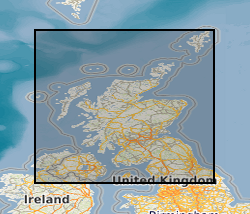
This dataset (GSE_REFERENCES) is a list of specimens held in the Type and Stratigraphical Collection of Scotland and Northern England, and the publications in which they are featured or illustrated. This database along with GSE_SPECIMENS (Index To The UK (North) Type And Stratigraphical Collection Of Fossils) and to some extent SMITH_GSE (Index To Specimens Transferred From The John Smith Collection To The UK (North) Type and Stratigraphical Collection) are the digital equivalents of the analogue card index (held in BGS Edinburgh).The latter contains c.16k records, of which perhaps 25% have now been transcribed. The MS Access database BGS_GSE_REFS presently contains 431 records (but does not include specimens from the John Smith Collection). This represents an unknown, but probably small, proportion of the Type and Stratigraphical Collection of Scotland and Northern England featured in publications. The database links with GSE_SPECIMENS, and can also provide species, authors and nomenclatural status. Many of the publications referred to are held in an extensive paper reprint collection.
 NERC Data Catalogue Service
NERC Data Catalogue Service